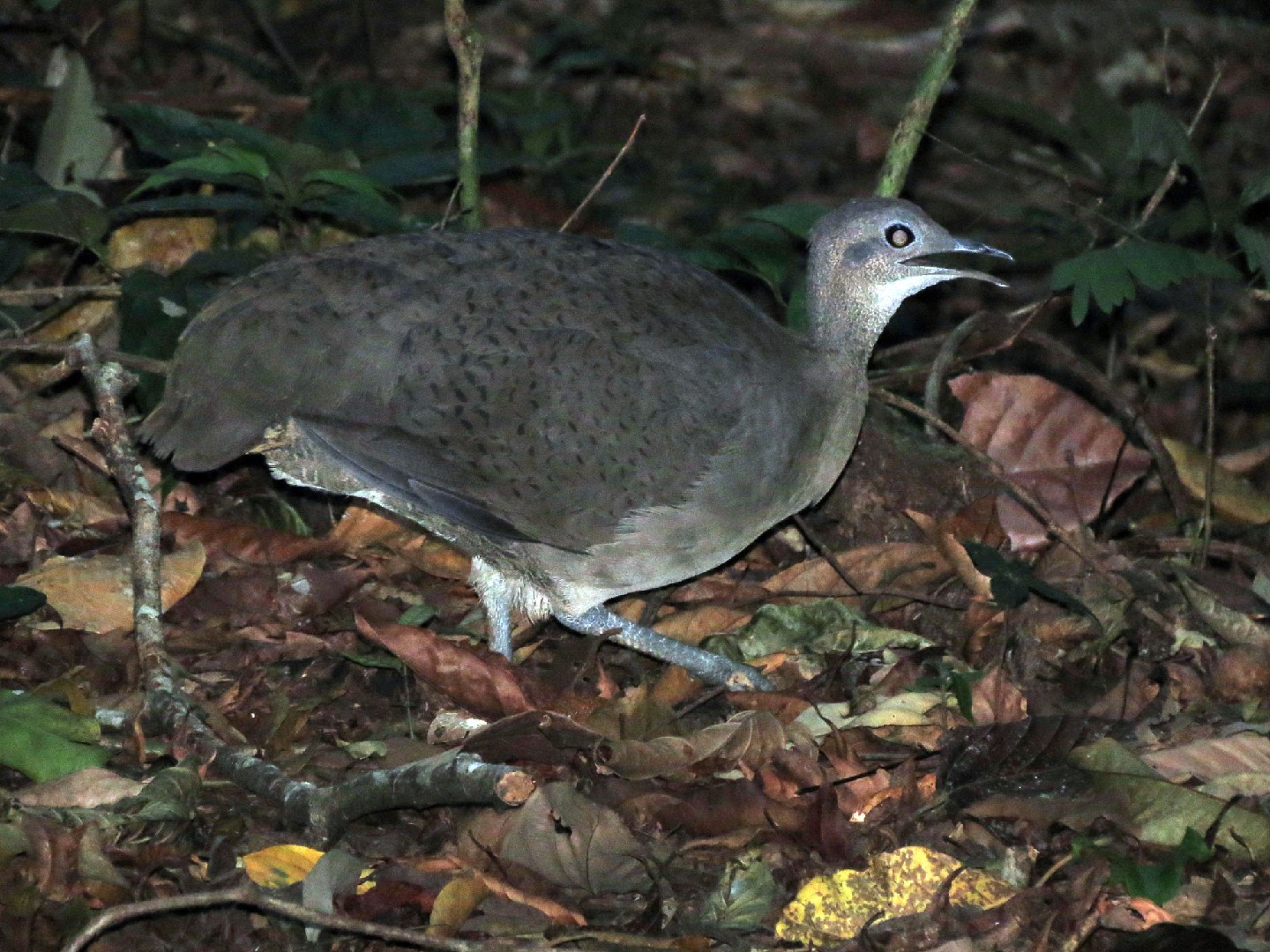Great Tinamou
A species of Greater Forest Tinamous Scientific name : Tinamus major Genus : Greater Forest Tinamous
Great Tinamou, A species of Greater Forest Tinamous
Botanical name: Tinamus major
Genus: Greater Forest Tinamous
Content
Description General Info
Description
The great tinamou is a large species of tinamou, measuring in total length at approximately 38 to 46 cm (15 to 18 in), with a mean of 44 cm (17 in), and weighing from 700 to 1,142 g (1.543 to 2.518 lb) in males, with a mean of 960 g (2.12 lb), and from 945 to 1,249 g (2.083 to 2.754 lb) in females, with a mean of 1,097 g (2.418 lb). Despite its name and large size and shape, which may be suggestive of a large pheasant or a small turkey, it is not necessarily the largest species of tinamou, as it is rivaled or exceeded by other species in the Tinamus. It ranges from light to dark olive-green in color with a whitish throat and belly, flanks barred black, and undertail cinnamon. Crown and neck rufous, occipital crest and supercilium blackish. Its legs are blue-grey in color. All these features enable great tinamou to be well-camouflaged in the rainforest understory. The great tinamou has a distinctive call, three short, tremulous but powerful piping notes which can be heard in its rainforest habitat in the early evenings. 
Size
46 cm
Nest Placement
Ground
Feeding Habits
Great Tinamou primarily consumes berries, fruits, seeds from families like Sapotaceae and Myrtaceae, nuts, and also hunts small terrestrial animals, insects, and worms. Adapted to forage on the forest floor, great Tinamou is an opportunistic feeder with a diverse diet.
Habitat
Great Tinamou primarily inhabits dense primary and secondary rainforests of tropical and subtropical zones, generally thriving up to elevations of 1500 meters. The species favors environments characterized by tall, undisturbed canopies and a relatively open forest floor, although it can also be encountered in areas with dense undergrowth, particularly in more humid forest regions. Occasionally, great Tinamou may venture into clearings or forest tracks.
Dite type
Omnivorous
General Info
Feeding Habits
Bird food type
Species Status
This species is widespread throughout its large range (6,600,000 km (2,500,000 sq mi)), and it was formerly evaluated as Least Concern on the IUCN Red List of Threatened Species. They are hunted with no major effect on their population. In 2012 the species was reclassified as Near Threatened due to the predicted impact of continuing deforestation, given that its preferred habitat is undisturbed forest. 
Scientific Classification
Phylum
Chordates Class
Birds Order
Tinamous Family
Tinamous Genus
Greater Forest Tinamous Species
Great Tinamou 